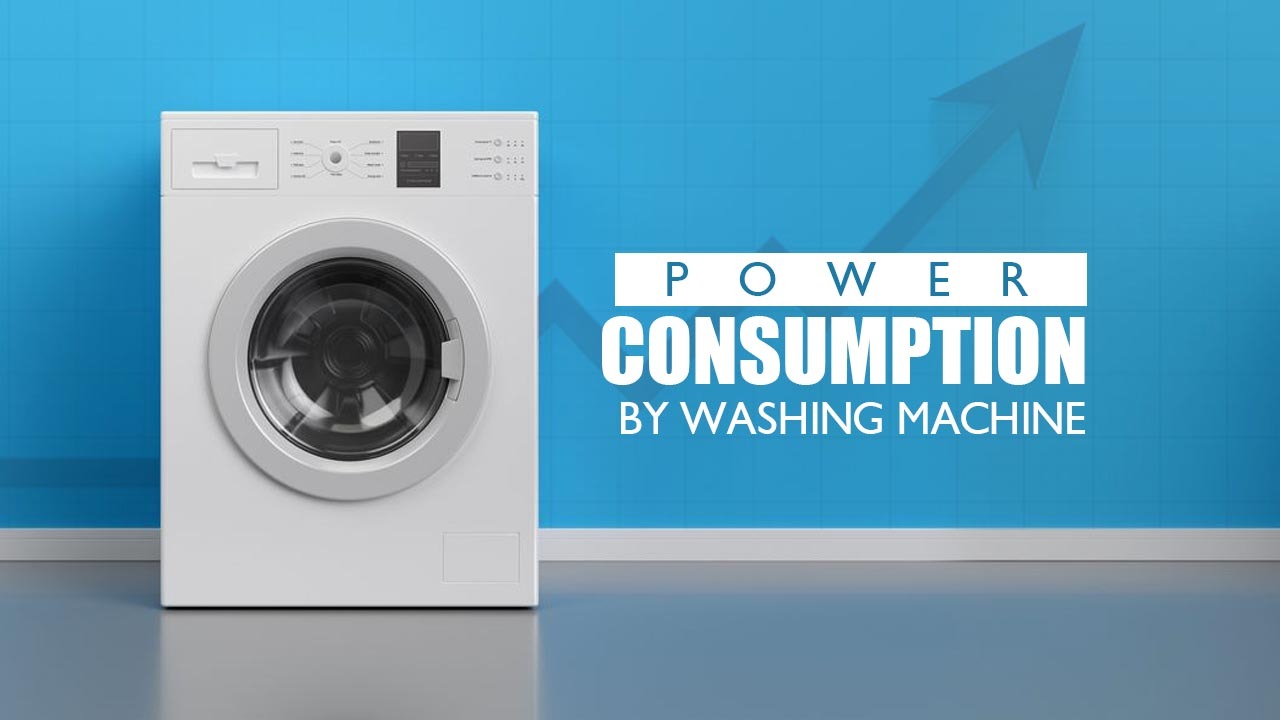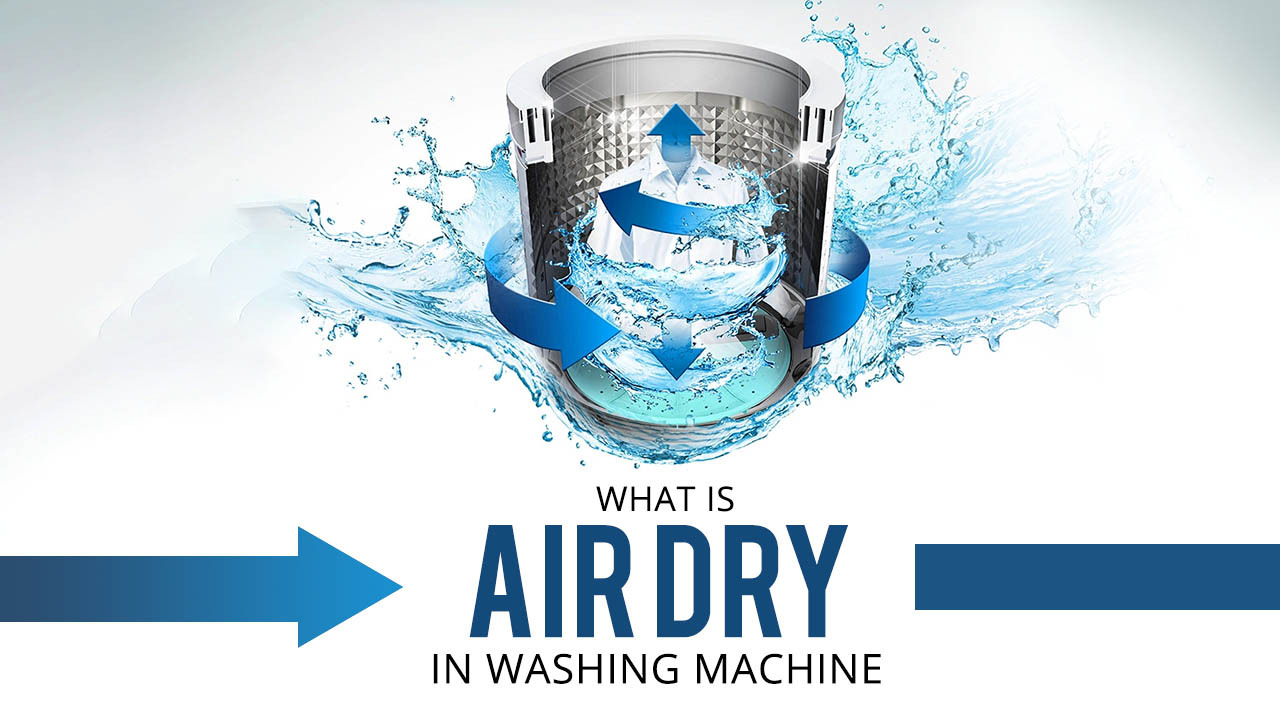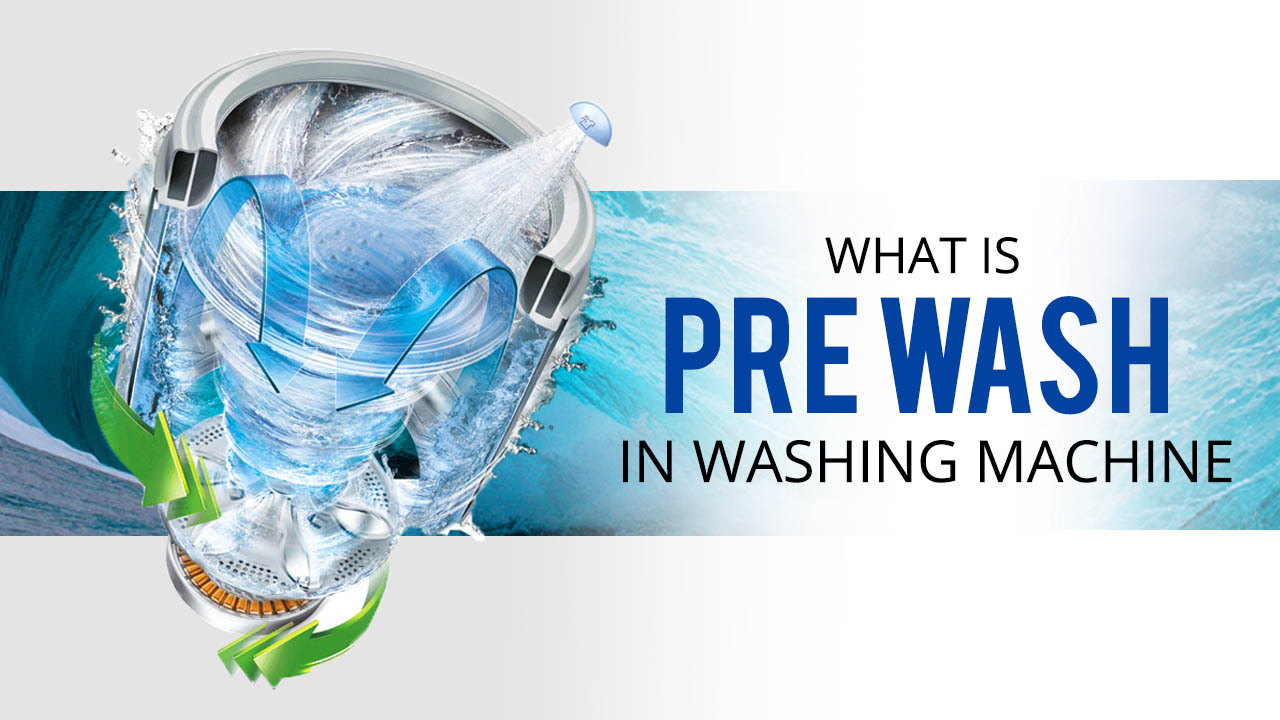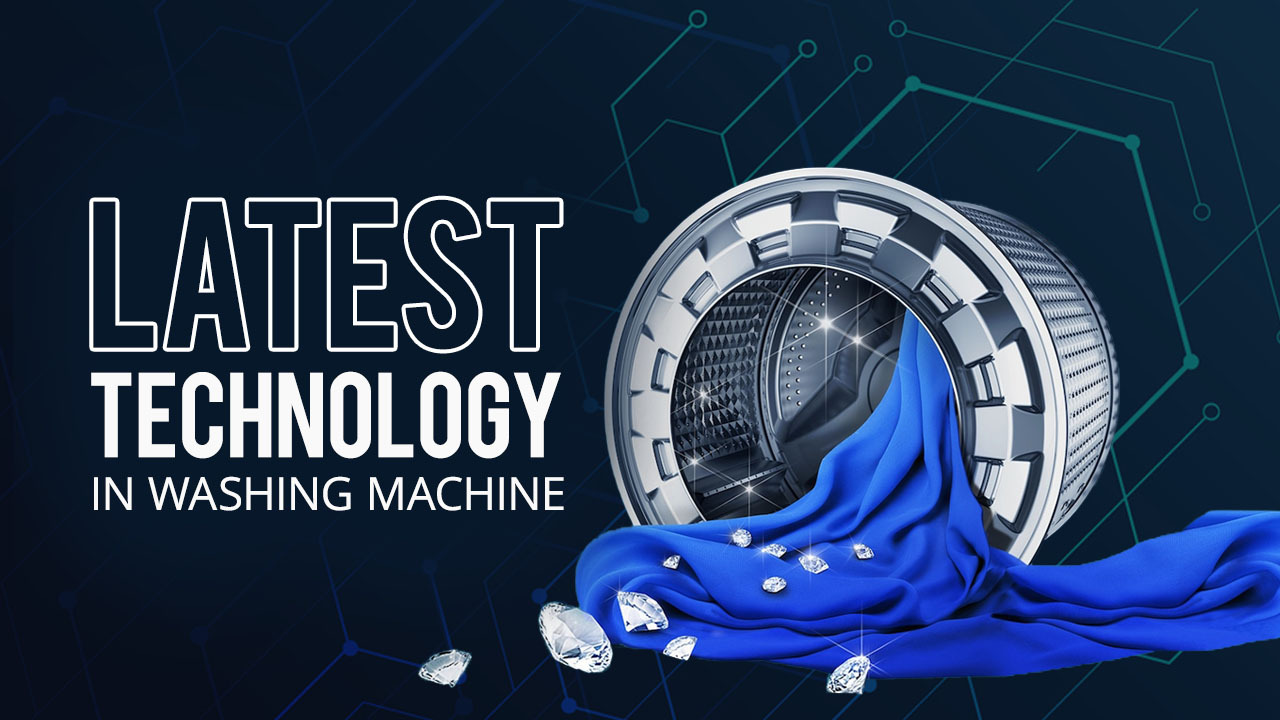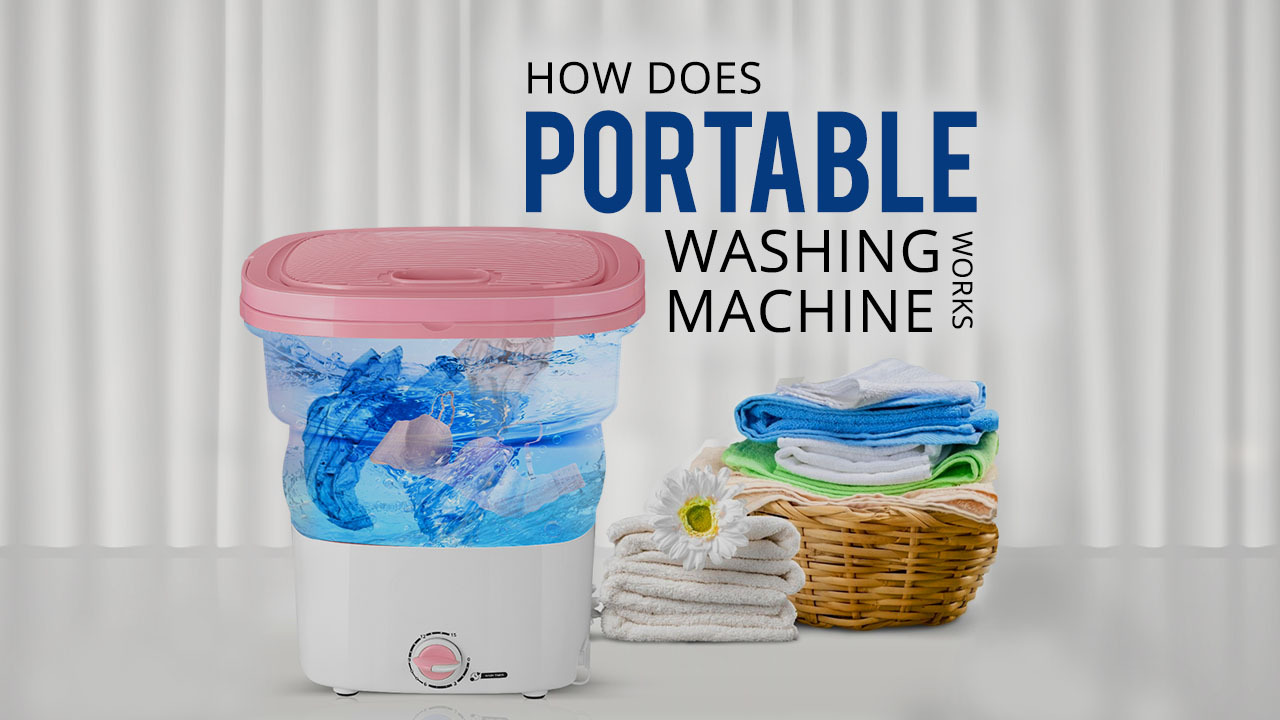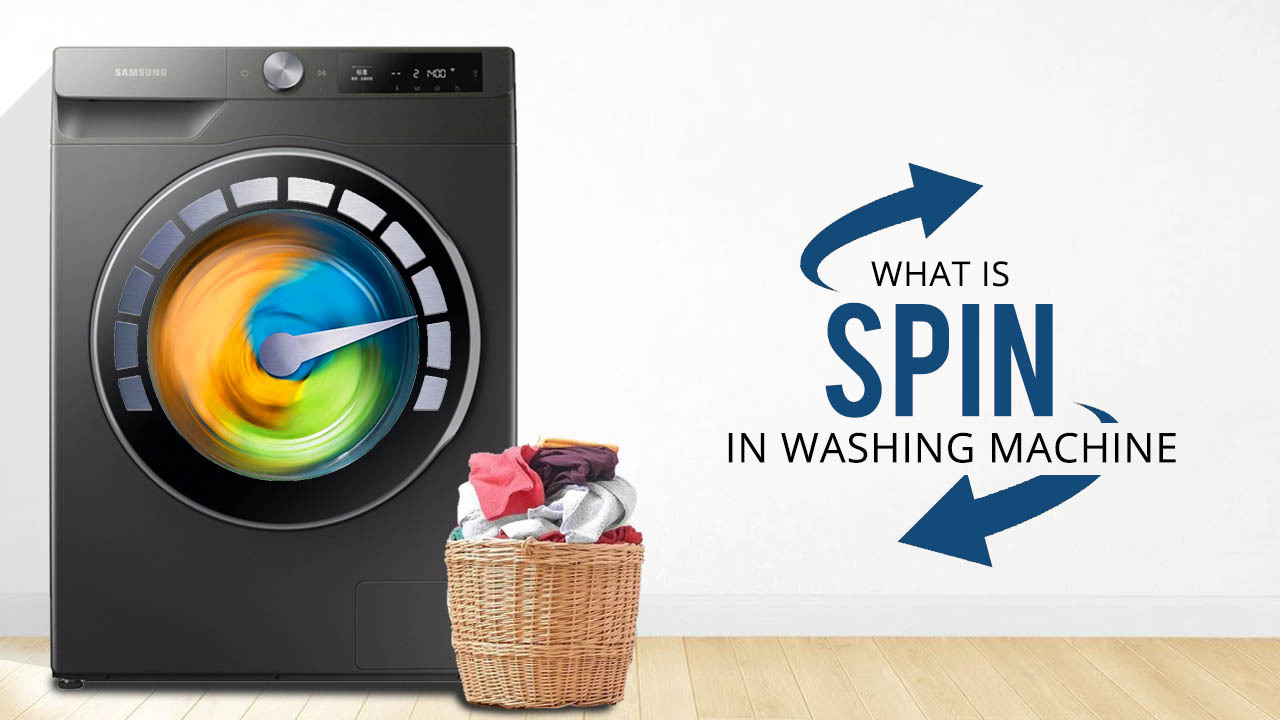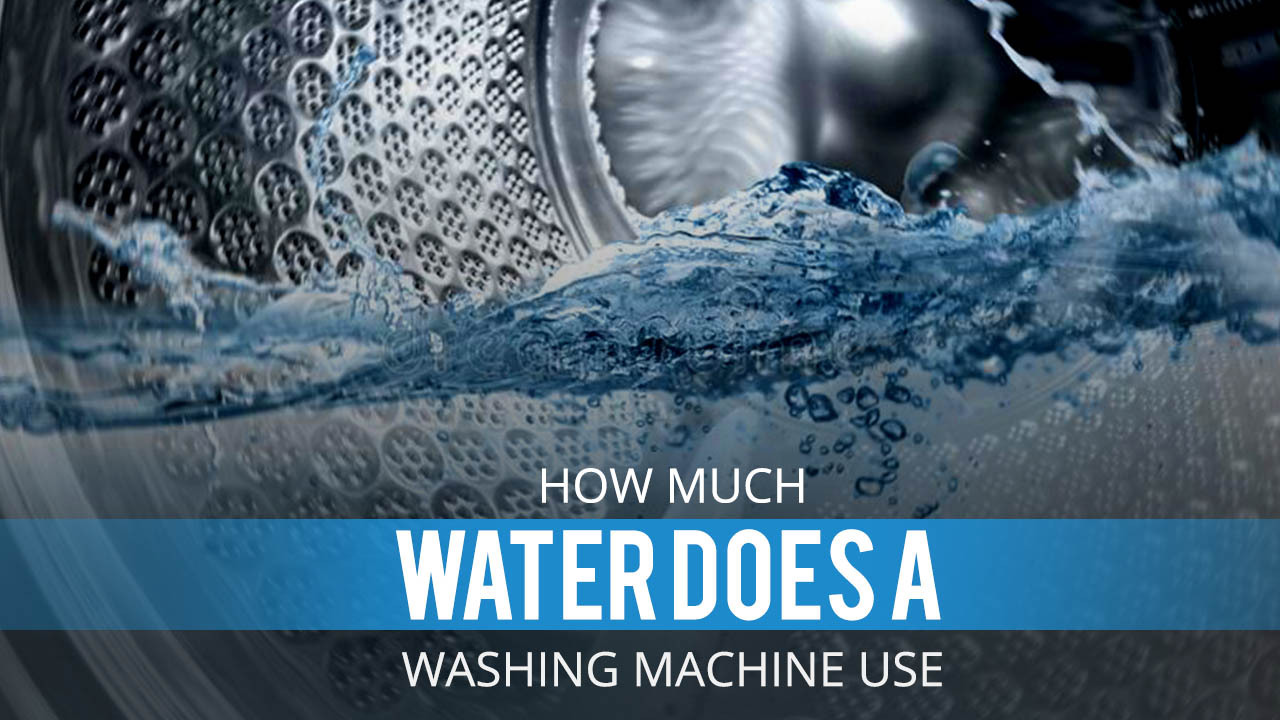If you are planning on purchasing a washing machine you are likely wondering about the power consumption by washing machine. If you haven’t thought about it thoroughly yet, we highly recommend that you do.
Not only do energy efficient machines save you money but are also environment-friendly. Unfortunately, not many people consider power consumption and therefore miss out on this factor when purchasing the best washing machine.
Fret not. To help you understand power consumption of a washing machine, we have put together all the necessary information that you must know when investing in one. Whether you are considering the Best Bosch Washing Machines in India, or some other machine energy efficiency is a must. Keep in mind the following so you can get the most out of your machine while saving money (and the planet)!
Calculating Power Consumption by Washing Machine
A washing machine has multiple facets that work together to give you the perfect result. Two such factors contribute most to the power usage of the machine. These include the heating equipment, and the other is the electric motor. The former heats water for warm wash cycles and the latter is responsible for the spin cycle that rotates the drum which reinforces the cleaning of clothes. Other parts of the machine such as the control pad, pumps and other valves consume lesser power in comparison.
Generally, a washing machine with 7kg capacity utilizes 2000 watt of power when using hot water. On the other hand, for a cold/regular water cycle, only 500 watt of power is required.
Formula for Power Consumption by Washing Machine
Using a simple equation, you can calculate power consumption by your washing machine. The equation is as follows-
Power Consumed (kWh) = Rated Power (kW) x Hours of Usage
For example, if a 7kg washing machine is run using cold/regular water and is used for one hour the following amount of power is required-
Rated Power (kW) x Hours of Usage = Power Consumed (kWh)
0.5kW x 1 = 0.5kWh (0.5 Unit) of electricity is consumed.
Using this formula you can calculate the approximate power utilised by your machine.
Types of Washing Machines – Top vs Front Load
Before understanding power consumption by washing machine, you must know the types of machines that are utilized. The washing machine is a household device that most people use regularly. For this reason, we recommend that you carefully examine the qualities of the washing machine that most interest you to make an informed decision. Since you can easily buy these items in online stores it is handy to cruise the internet to learn about the benefits of each item.
First and foremost, we advise you to pick a machine with lower energy consumption, even if it is more expensive if your options allow it. This will be beneficial to you and your family in the long-term as it will ensure you save money on electricity bills. Furthermore, the less energy it needs to function, the more you will be helping the environment.
When it comes to deciding between a top-loading and a front-loading washing machine, there are a few key differences to be aware of to do a personal analysis and establish which is ideal for you.
The configuration of the doors is the most significant distinction between the two types of machines. The top-loading ones have it at the top, where the surface must be clear so that the operation is not hampered, and you can insert the clothing easily and without congestion in the middle.
On the other hand, front-loaders can be placed beneath a cabinet or in a column with the dryer, leaving the entire top clear. In this situation, clothing pegs or another lightweight item can be placed on the surface. The drum of a front-loading washing machine is loaded with water and soap to mix with the garments, and it rotates, forcing all of the ingredients to mix in the same way.
Top-loading washing machines have agitators in the shape of a central post that creates a whirlwind effect inside the drum. This is most likely the type you remember seeing in your house as a kid because it was one of the first versions to hit the market. Although top-loading machines used to need filling the drum to the brim before starting the wash, the most cutting-edge models now contain a detector that adjusts the water consumption to the load you place.
Another notable distinction is the type of rotations employed in the wash cycle. Front-loading washers spin at a faster rate, resulting in faster drying periods and lower energy use. As a drawback, it should be noted that they vibrate more in the spin due to the high revolutions they provide.
Because they are suited for washing any garment, regardless of the material with which it is produced, top-loading machines are quieter and have more programs to pick the kind of cloth.
To figure out what sort of washing machine is ideal for you, consider the usage you’ll put it to, the location where it’ll be used to evaluate the water quality, and your requirements. The first step is to assess the area in which the washing machine will be installed. Because the best ones are more compact, we recommend choosing this sort of appliance if you have limited room.
If you have a large family, it may be easier to use the front-loading ones because they can hold more kilograms of laundry. These can hold up to 9 kg, as opposed to the 7 kg that top-loading machines hold. If you have back difficulties and find it difficult to bend over, a top-loading washing machine is recommended since it is simpler to load the clothing into the drum.
Power Ratings of a Washing Machine – Why You Must Check Them
For many years, before purchasing washing machines, people would consider factors such as capacity, weight, size, price, etc. One aspect that wasn’t considered was the power consumption of the device. Lately, however, more and more people are concerned with the power consumption by washing machine so they can save money and be environment-friendly.
But what exactly is energy efficiency, and why is it so crucial? In India an energy efficiency rating is provided to all appliances used at home, including washing machines, refrigerators, water heaters or air conditioners. The ratings are referred to as BEE star labels and range from one star to five stars. They are reliable as they are published by the Ministry of Power and can help indicate the amount of energy savings by any appliance you purchase.
Taking average usage of every appliance per day, manufacturers decide the ratings of these gadgets. The more the number of stars, the more power-saving the gadget is. We recommend looking for high stars before purchasing your washing machine to prevent any high expenditure on electricity bills.
How to Reduce Power Consumption by Washing Machine
Whether you are looking to reduce your monthly electricity bills of you are environmentally conscious, reducing power consumption is on everyone’s mind. Below are mentioned some of the ways in which you can reduce your power consumption and therefore save money and reduce your annual emission:
- Use cold water cycles over warm water cycles wherever possible
- Soak any stained clothes prior to washing
- Wash your clothes at full load instead of washing in smaller batches
- Switch off the machine after use instead of leaving it in power-saving mode
Conclusion
Power consumption by a washing machine is a question that plagues most customers looking to buy the machine. However, this factor should not be overlooked as energy savings can help you save ample money. Utilizing less power is also beneficial for the environment which is excellent for us in the long term. For this reason, we compiled some of the essential information you must keep in mind before purchasing a washing machine so you and your wallet are happy with your purchase.
Frequently Asked Questions (FAQs)
1. How much power does a washing machine use?
A washing machine can use anywhere between 400 watts to 2000 watts of power. This depends on a variety of factors including which cycle you run and the energy efficiency of the machine. Read our blog above to know more about all the factors you must consider when buying a washing machine.
2. How to save money when using a washing machine?
One of the best ways you can keep your energy consumption low when using a washing machine is using cold water to wash clothes. Cold cycles utilize significantly less power which makes them excellent money savers. You can read some more tips in our blog above so you can make the most out of your power-saving washing machine.


